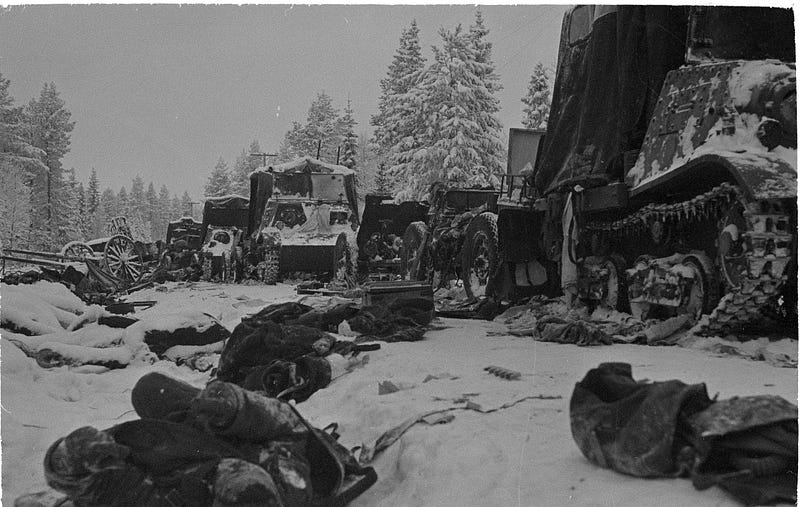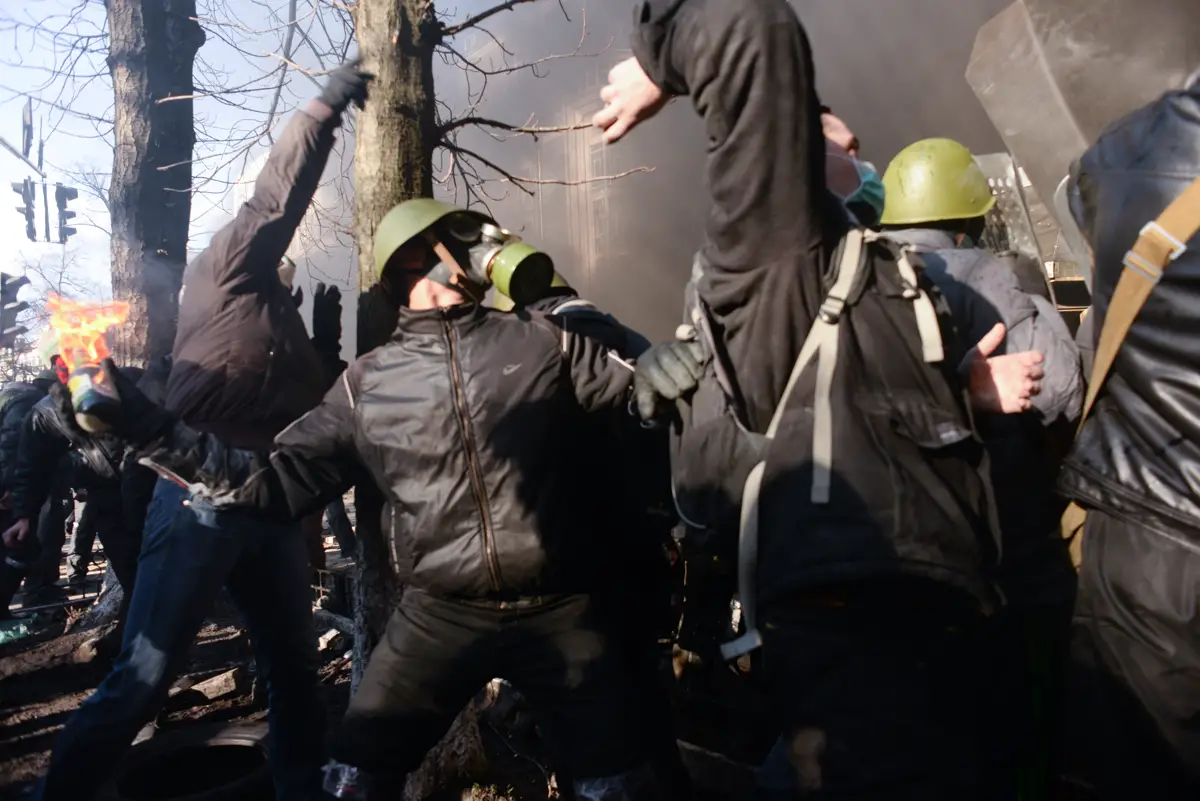 he Molotov Cocktail has been a staple of many facets of our society and media. Going from their use in uprisings, revolutions, and war to their depiction on the big screen the characteristic burning fuel bomb hurling across the sky is iconic. Despite its popularity, most of the people who have seen Molotov Cocktails either in real life or in the movies don’t know anything about its origin, and most importantly, how it got its name. To clear this up, I would like to explore the first known use of the Molotov Cocktail before it received its name and finally the circumstances that led to the nickname of the weapon becoming its long-lasting label.
he Molotov Cocktail has been a staple of many facets of our society and media. Going from their use in uprisings, revolutions, and war to their depiction on the big screen the characteristic burning fuel bomb hurling across the sky is iconic. Despite its popularity, most of the people who have seen Molotov Cocktails either in real life or in the movies don’t know anything about its origin, and most importantly, how it got its name. To clear this up, I would like to explore the first known use of the Molotov Cocktail before it received its name and finally the circumstances that led to the nickname of the weapon becoming its long-lasting label.
First Use

The first documented use of the Molotov Cocktail seems to be during the Spanish civil war. The necessity for a weapon came about due to the new development of tactics in urban warfare. With the support of Soviet Russia, the Spanish Republicans were able to acquire T-26 tanks which seemed to be very proficient in urban combat. With conventional weapons not working against the state-of-the-art tanks, the general of the Nationalist Forces Francisco Franco ordered the use of homemade incendiary devices to burn the rubber of the tracks making the tanks immobile. The incendiary device he ordered to be used would turn out to be extremely effective against the tanks. Not only would the weapon destroys the rubber of the tank’s tracks striping it of its high mobility and making them vulnerable to other weapons of the Nationalist army but it also burned the crew of the tank forcing them to surrender or suffer a slow and painful death due to the high heat of the burning petrol.
After its first use in 1936 by the Nationalists it would also be adopted by the Republicans leading to its use throughout the whole war until the eventual victory of the Nationalists. This wouldn’t be the end for the simple homemade weapon. Only 3 years after its first use the news of its effectiveness would spread to the struggling Finland who faced the full might of the Red Army.
Mr Molotov’s Care Packages
The Winter War is the name given to the invasion of Finland by the Red Army. Thoroughly outnumbered the Finish army had to resort to guerilla-style fighting tactics to have any hope of fighting back the titan force that was about to roll through their country. During the conflict, every advantage available was used. This included using the terrain to heavily flip the odds in the Finns favour. To combat this, the Soviets would bomb locations where the troops would advance through before their arrival with cluster incendiary bombs. The Minister of Foreign Affairs Vyacheslav Molotov would go on radio and explain to its listeners that the Soviets were only dropping “humanitarian aid” and nothing of the sort that the Finns claim.

As a result, the soldiers of the Finnish Army would give the cluster incendiary bombs the nickname “Molotov’s picnic baskets” and promised to return the favour with “Molotov Cocktails”. They kept to their promise as seen by the initial armoured divisions which were met with hundreds of thousands of Molotov Cocktails and by the end of the war just under half a million would be thrown by the Finish Army.
Even though they fought bravely, the Finish Army wasn’t able to beat the Soviet war machine back and lost the war by March next year but only suffered minimal land loss. Even though it can be argued that from a casualty standpoint the Finns beat the Soviets due to the 1 to 5 kill ratio between the two sides, they officially lost the conflict, but their nickname for the petrol-filled bottles stays relevant to this day.
Conclusion
The Molotov Cocktail would evolve to become the revolutionary’s best friend. As the years have gone on many protests and revolutions have included the use of fire as a weapon, and the Molotov Cocktail has been proven to be the most cost-effective and easy way to deliver fire to the desired location with minimal danger to the thrower. This device is really the personification of a David vs Goliath type scenario. With David being represented by the Finnish or whichever force uses the weapon against a Goliath-type figure which represents the Red Army or the oppressor of the aforementioned. A lot can be learned from this narrative as a struggle against a dominant force can always seem overwhelmingly impossible and futile. History teaches us that this is not true and with ingenuity, the odds of a fight can always be turned in your favour if you play your cards right. To take a challenge head-on is the first and hardest step; the rest is just a journey to victory.

Student of Philosophy, Politics and Economics. History fanatic. Contact: aneculaeseicg@gmail.com





